Magalí Arriola
ARCO2045
Coming soon.
Comisarios:
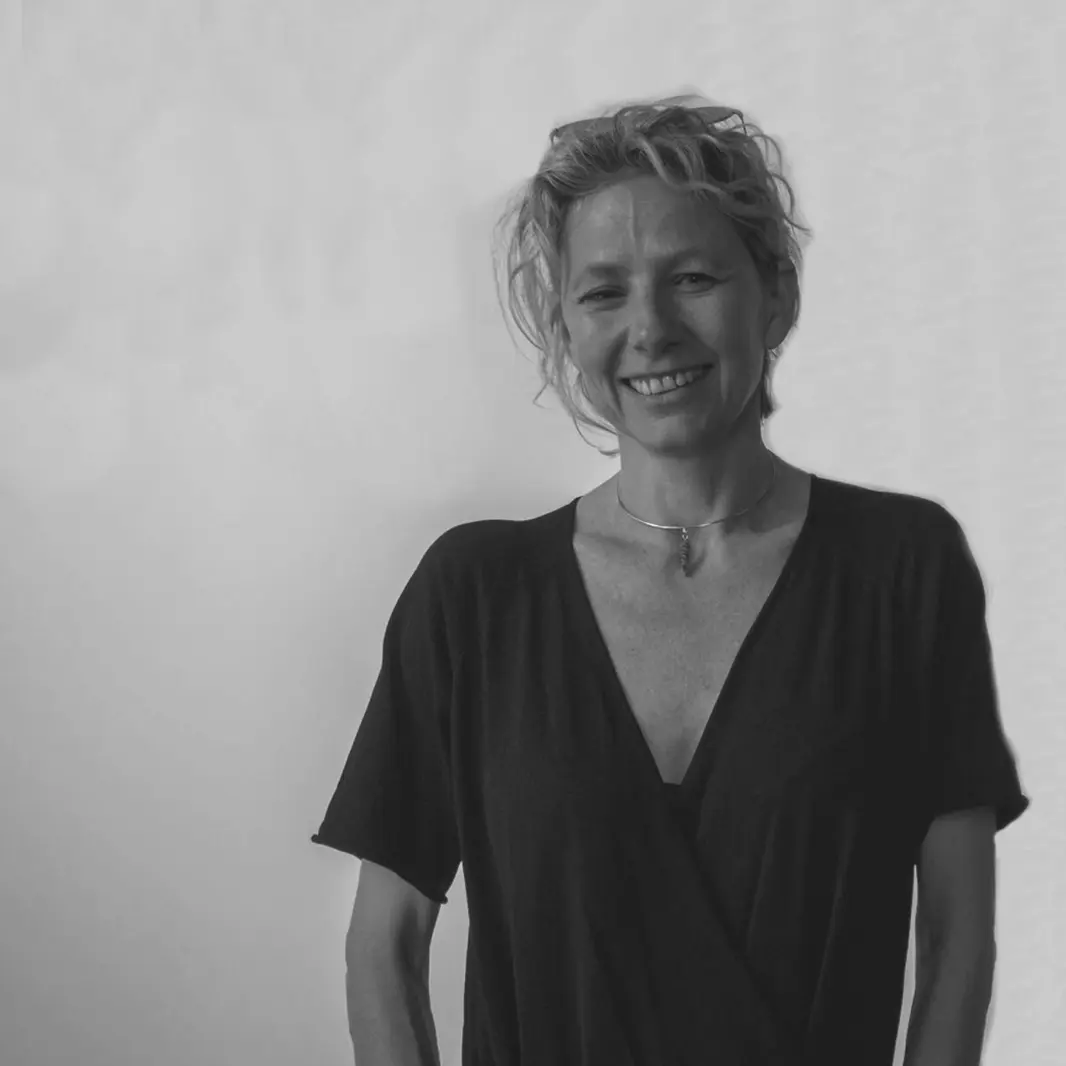
Magalí Arriola
Magalí Arriola is a writer and curator based in Mexico City. For over thirty years, her projects have focused on the intersection of art and politics, exploring how artistic practices reveal broader social, economic, and historical contexts. With a critical perspective on power structures, institutional histories, and the legacies of colonial capitalism, Arriola has developed multi-nodal initiatives such as Un Lugar Fuera de la Historia (2010–2018) and El círculo que faltaba (2017–2020)—long-term, episodic projects that challenge normative narratives and foster transnational dialogues. Through her leadership roles at institutions such as Museo Tamayo in Mexico City (Director, 2019–2025), Art Basel Miami (Meridians, 2019–2023), and the KADIST collection in San Francisco and Paris (Lead Curator for Latin America, 2017–2020), she has consistently supported experimental practices that question how knowledge is produced and disseminated across both local and international art scenes.
Arriola was curator of the Mexican Pavilion at the 58th Venice Biennale (2019) and of the 8th Panama Biennial (2008). Her exhibitions have been presented at institutions including Museo Tamayo, Museo Jumex, MAM Medellín, MoMA PS1, SMAK, and Kunst Institute Melly (formerly Witte de With). She has written extensively for books and catalogues, and contributed to publications such as Artforum, Frieze, Mousse, Manifesta Journal, and The Exhibitionist, among others.
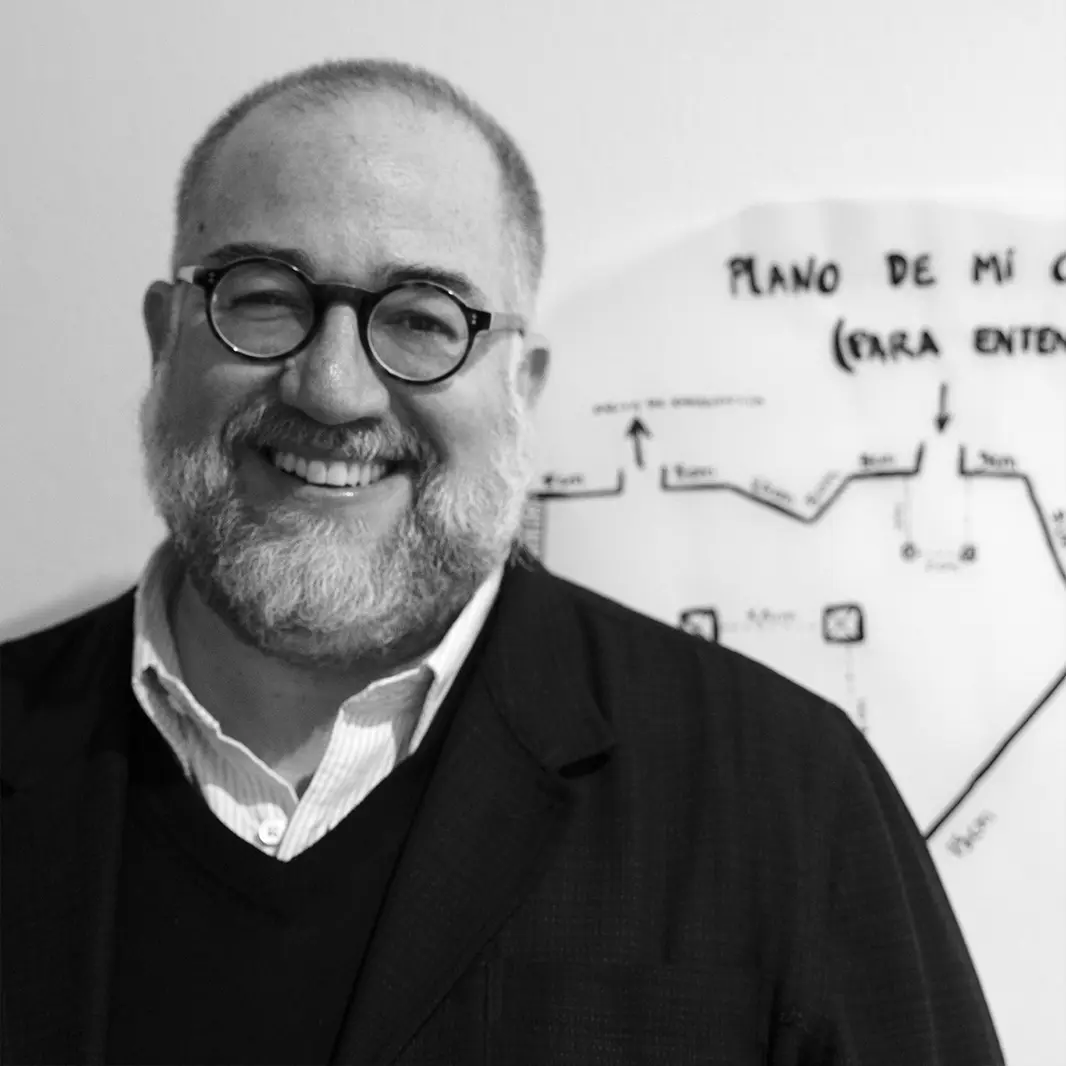
José Luis Blondet
José Luis Blondet is Senior Curator at the Museum of Contemporary Art (MOCA), Los Angeles, where he has organised Fictions of Display (2025), Olafur Eliasson: OPEN (2024), and FOCUS: Ana Segovia (2024). Previously, he served as Curator of Contemporary Art at the Los Angeles County Museum of Art (LACMA), where he organised numerous exhibitions including Magdalena Suarez Frimkess: The Finest Disregard (2024), NOT I: Throwing Voices, 1500 BCE–2020 (2020), Merce Cunningham: Clouds and Screens (2018), A Universal History of Infamy (co-curator, 2018), Various Small Fires (Working Documents) (2017), and Liz Glynn: The Myth of Singularity (2016). As a guest curator, he has organised exhibitions at Museo Tamayo, Mexico City (2023), CAPC Musée d’Art Contemporain de Bordeaux (2017), and REDCAT, Los Angeles (2017). In 2018, he co-curated the SITE Santa Fe Biennial in New Mexico.
In Venezuela, his country of origin, Blondet worked at the Museo de Bellas Artes in Caracas and at the Central University of Venezuela. He has also taught at CalArts and the University of California, Los Angeles.
Opening. New galleries
Coming soon.
Curators:
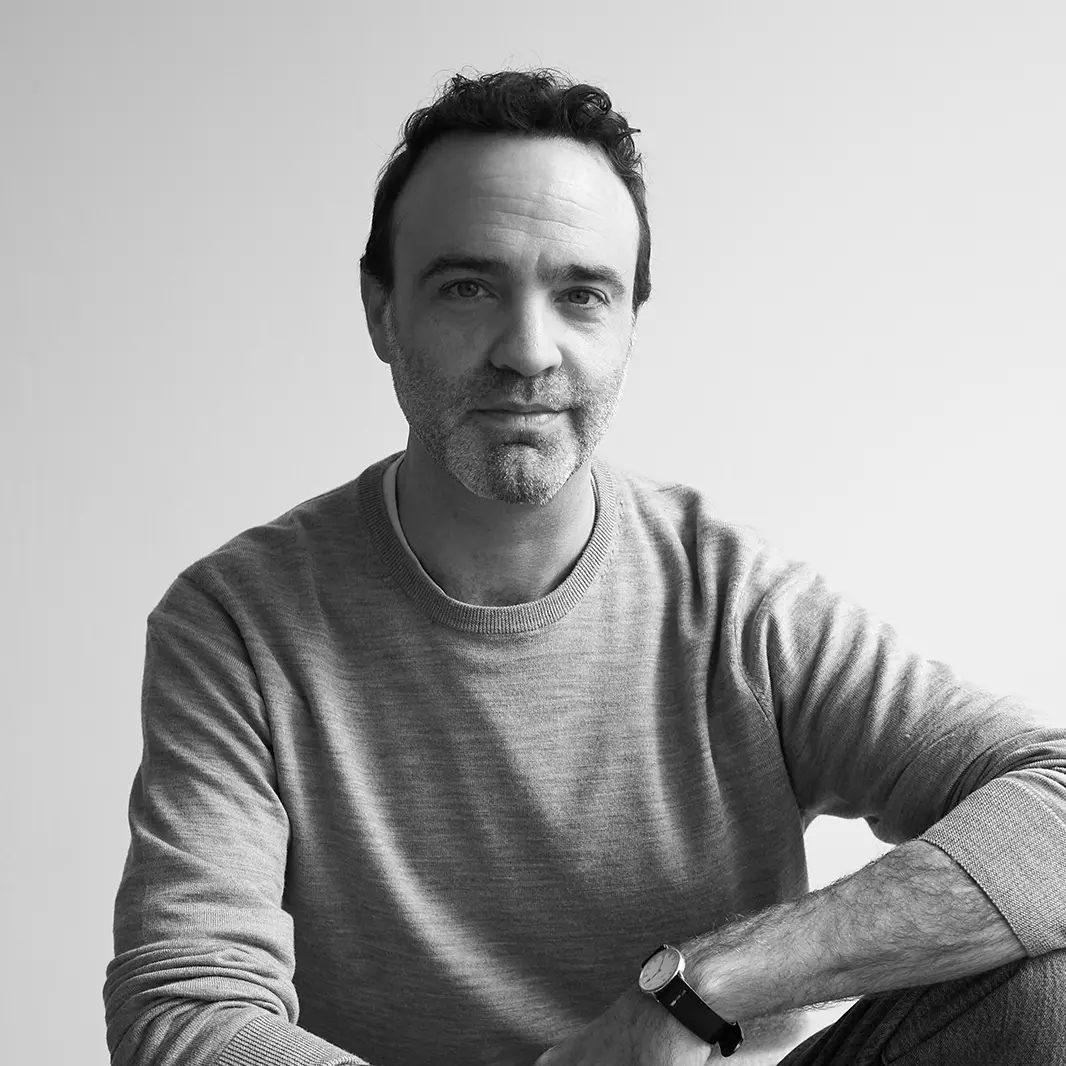
Rafa Barber
Rafa Barber is an independent curator and writer based between London and Madrid. His practice combines fiction and essay with experimental exhibition and discursive formats, exploring new ways of constructing alternative imaginaries through art.
He has worked as Associate Editor at Concreta and collaborated with the editorial platform Afterall in London. His texts and interviews have appeared in ADesk, Concreta, this is tomorrow, and Frieze. Among his recent curatorial projects are Bajar la voz. Miguel Benlloch at the Centro Andaluz de Arte Contemporáneo in Seville (2025); Simone Fattal. Suspension of Disbelief at IVAM, Valencia (2024); Fantástico interior, a cycle of four exhibitions at La Casa Encendida (2022) with exhibitions by artists such as Ad Minoliti and Korakrit Arunanondchai; and Absolute Beginners, a program of exhibitions at CentroCentro (2019–2020) that included exhibitions by Tai Shani, Florence Peake, and Patricia Domínguez, among others.
In 2018, he completed a Master’s degree in Curating at the Royal College of Art, London, with the support of a Botín Foundation scholarship. He is currently undertaking doctoral research at the Universidad Autónoma de Madrid.
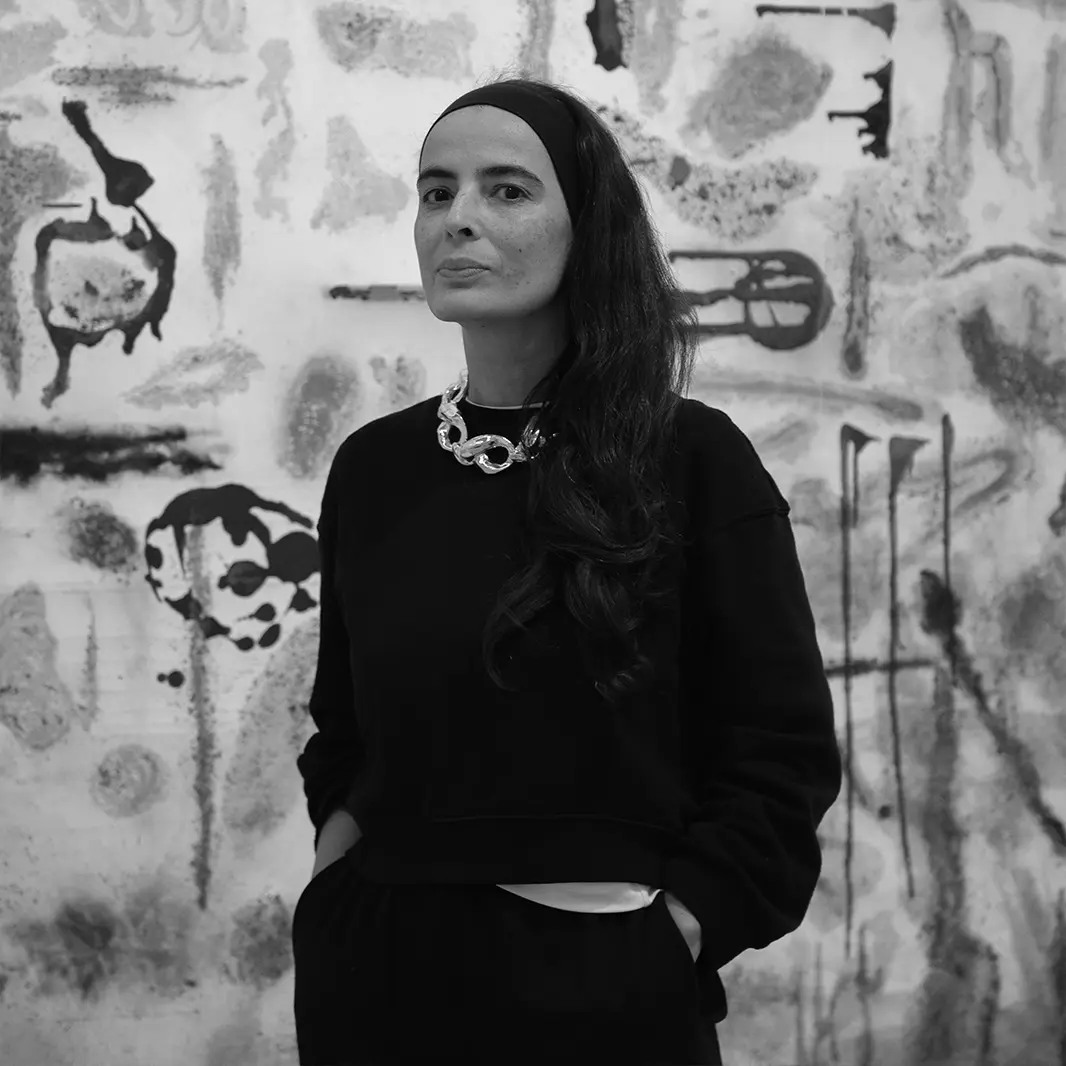
Anissa Touati
As a transnational independent curator and researcher, Anissa Touati has been working between the West and the “Global South”. She is currently a researcher at Brown University, USA where she develops the notion of 'Entangled Legacies of Space' and the co-curator of the Biennale BCK 2026 in Greece. Most recently, she served as guest curator 2023-2024 of the Musée d’Art et d’Histoire, Geneva, curator-at-large of Paris Internationale from 2020-2023 and has been the artistic director of Contemporary Istanbul from 2018-2019. Over the past decade, she has taken on the role of artistic director at several international locations, advised, curated or co-curated exhibitions and projects in many different countries including ARCO Madrid (Spain), Chalet Society (France), Thalie Foundation (Belgium), BEMA Museum (Lebanon), Mughal Museum (India), RAK Art Foundation (Bahrain), Broad Museum (USA) amongst others. Anissa Touati has lectured at numerous places such as MIT (Boston), Harvard GSD (Boston), University of Zürich (Switzerland) amongst others and writes for exhibitions catalogs, art galleries or journals such as Flash Art, Apartamento.
Photo: Javier Agustin Rojas
Institutional Liaison and Advisor:
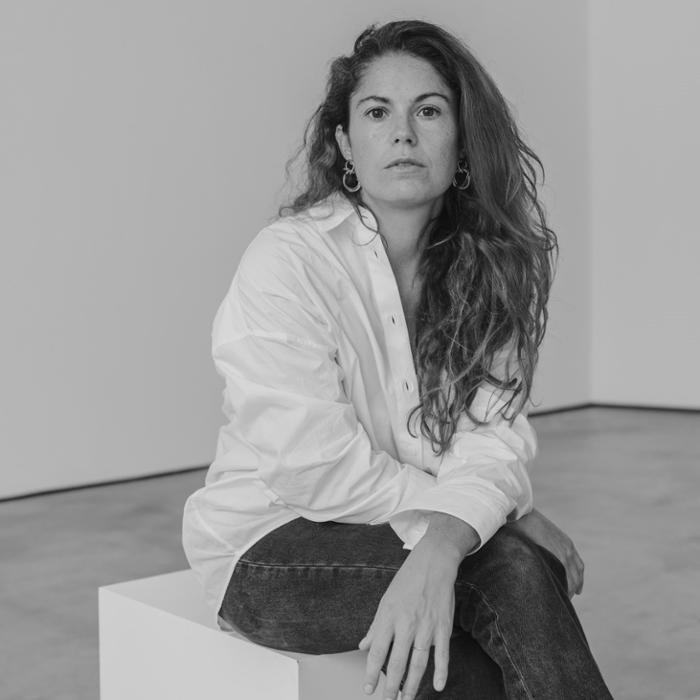
Cristina Anglada

Cristina Anglada
Cristina Anglada is an independent art curator and cultural manager. Her field of research explores different narrative strategies to outline modes of thinking in which desire, imagination, speculative pleasure, and magical thought challenge official stories. She is also interested in practices centered on community and mutual care. Since 2019, she has been an active member of Ses Milanes, a non-profit, self-managed association that experiments with radical pedagogy in nature, conceived and founded by Palestinian artist and researcher yasmine eid sabbagh. She is currently in charge of the Madrid 31 Visual Arts Program of the Community of Madrid, under the title To Tell is to Listen, a series of talks and workshops featuring artists Beatrice Gibson, Alex Reynolds, blanca arias, Patricia Esquivias, Violeta Gil, and Diego Delas.
She has been co-curator of Opening for ARCOmadrid in 2024 and 2025, together with Yina Jiménez Suriel and Anissa Touati, and will continue collaborating for Opening ARCOmadrid 2026. She serves as an advisor to the recently inaugurated Calparsoro Foundation, whose collection of more than one hundred works includes names such as Miriam Cahn, Glenn Ligon, Theaster Gates, Carrie Mae Weems, Nan Goldin, and Kara Walker, among others. Anglada also works as a guest lecturer in the Master’s in Art Business at CEU San Pablo University, Madrid (since 2022). She has served on juries for the Catalan Pavilion at the Venice Biennale 2026 and for the second edition of BKC in Rhodes, Greece. She has advised various private collections as well as the AC/E Program for the Internationalization of Spanish Culture (PICE).
She is currently working on several curatorial projects for Casal Solleric (Mallorca), Es Baluard (Mallorca), Abierto x Obras (Matadero, Madrid), and CA2M (Madrid). Among her most recent exhibitions are Una fascinación (solo show by Diego Delas); Procesionaria (solo show by Gabriel Pericás); Tales of Disorder (with Mercedes Azpilicueta, Sarah Bechter, and Inês Zenha); Broken Open (with Kirstin Wenzel, Álvaro Urbano, Leticia Ybarra, Alex Reynolds, among others); and Getting Lost into the Woods (with Pedro Torres, Mónica Mays, and Elena Bajo).
She holds a BA in Art History from the Complutense University of Madrid (2002–2007) and an MA in Contemporary Art History and Visual Culture from UCM and the Museo Nacional Centro de Arte Reina Sofía (2010–2011). In 2016, together with Gema Melgar, she founded the non-profit cultural association This is Jackalope, dedicated to the dissemination, production, and creation of contemporary artistic practices. It functions as a platform with an international vocation, fostering dialogue and collaboration. Among its projects are Un Rastro Involuntario (An Involuntary Trace), an annual exhibition cycle for La Casa Encendida; printed publications; and the production of special artist editions by creators such as Teresa Solar Abboud and David Bestué. The association is currently preparing an exhibition in collaboration with The Merode (Brussels) featuring artists Lucía Bayón, Nadia Barkate, Camille Tsvetoukhine, and Marie Zoliaman.
Profiles | Latin American Art
Coming soon.
Curators:
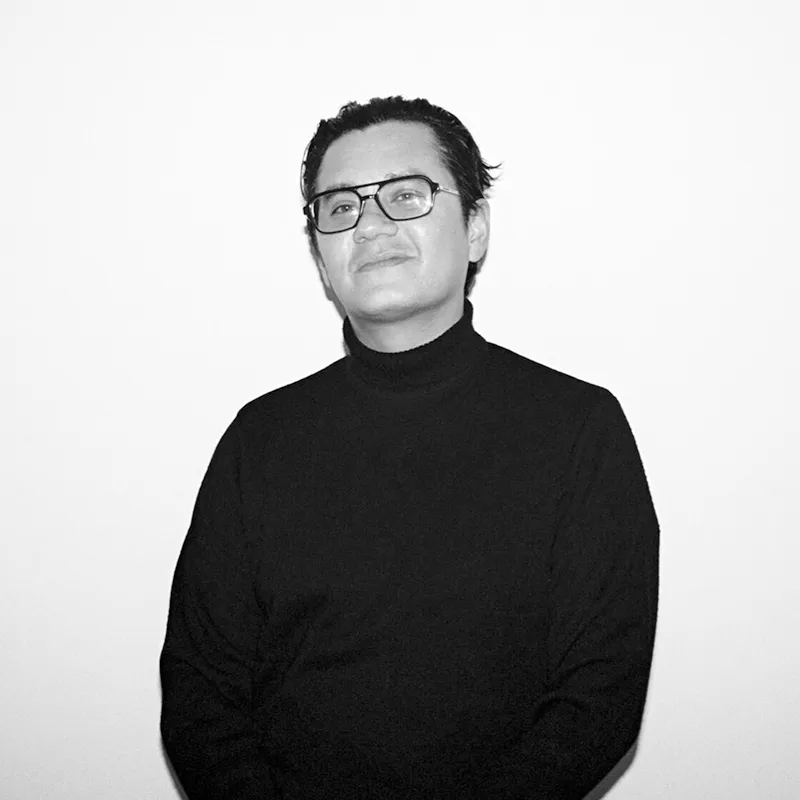
José Esparza Chong Cuy

José Esparza Chong Cuy
José Esparza Chong Cuy is a curator, writer, editor, and architect from Mexico serving as the Executive Director and Chief Curator at Storefront for Art and Architecture in New York. Additionally, he sits at the curatorial council of the Museo Tamayo in Mexico City and is co-editor of the forthcoming book, Empty Plinths: Monuments, Memorials, and Public Sculpture in Mexico, to be released in 2024 by Harvard University.
Prior to arriving at Storefront in 2018, he was Associate Curator at the Museum of Contemporary Art Chicago and the Museo Jumex in Mexico City. Between 2007-2012 he lived in New York and held positions as Curatorial Associate at Storefront for Art and Architecture, Research Fellow at the New Museum, and contributing editor at Domus magazine. In 2013 he was co-curator of the Lisbon Architecture Triennale. He is a graduate of Columbia University’s M.S. in Critical, Curatorial, and Conceptual Practices in Architecture.




